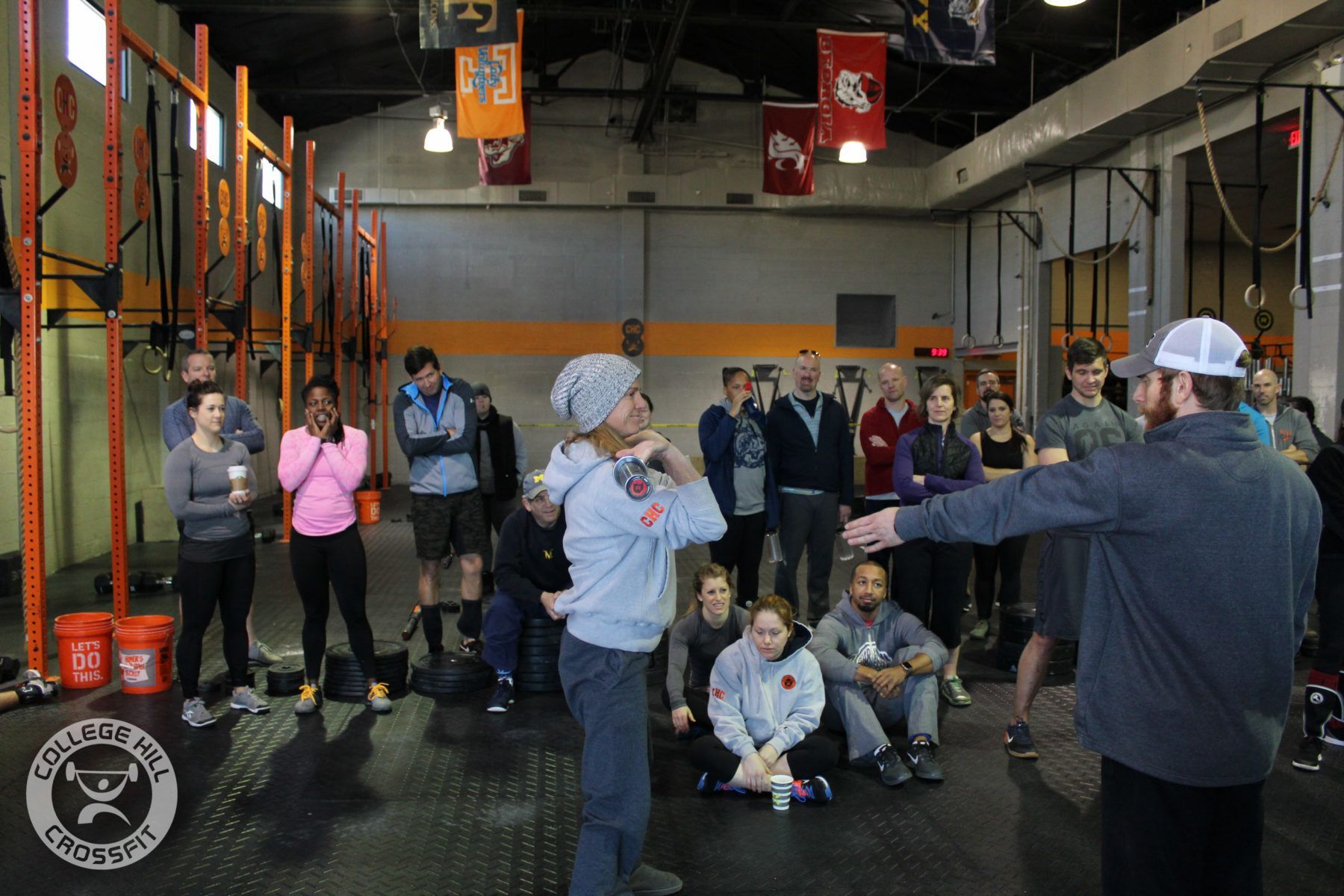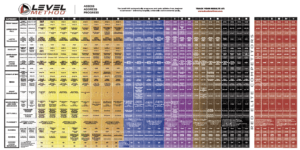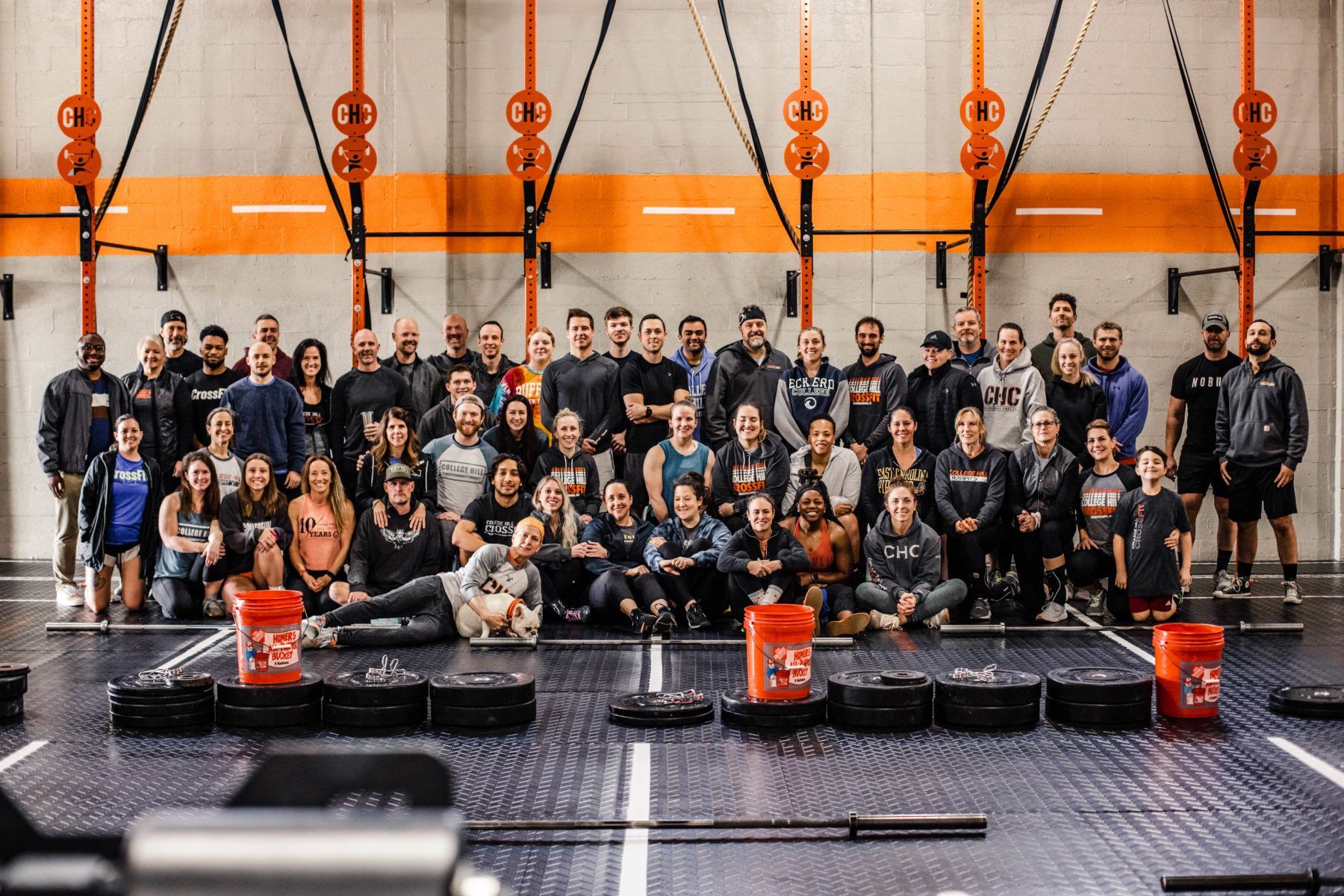Blog
Read about College Hill Collective - Gym updates, CrossFit tips, and more.

By affiliateadmin
•
01 Mar, 2021
March 1, 2021 is the 9-year anniversary of CHC. In March of 2012, the first fundamentals class was held in an uninsulated warehouse just down the road. Some of you here in this room are part of that founding community of coaches and CrossFitters just starting out. A lot has transpired since those bitter cold ...
The post Celebrating 9 Years! appeared first on College Hill Collective.

By affiliateadmin
•
14 Sep, 2020
We are looking to add to our family of hungry, and happy coaches! To apply, record a video introducing yourself like you are a celebrity coach stepping in to coach one of our classes. From there, we would like you to brief the workout below at a whiteboard and teach one of the movements. The ...
The post College Hill Collective is Hiring appeared first on College Hill Collective.

By affiliate
•
13 May, 2020
Your host Crawford Miller at College Hill highlights some good news happening around Greensboro and has a #ZOOM call with educator Ashlie Beavers. Check it out! #somegoodnewsgreensboro
The post Greensboro Good News: Some Good News (SGN) with Crawford Miller Ep. 3 appeared first on College Hill Collective.

By affiliate
•
27 Apr, 2020
Your host Crawford Miller at College Hill highlights some good news happening around Greensboro and has a #ZOOM call with his buddy Kenny Giard. Check it out! #somegreensborogoodnews
The post Greensboro Good News: Some Good News (SGN) with Crawford Miller Ep. 1 appeared first on College Hill Collective.

By affiliate
•
05 Jan, 2020
We are always looking at the best ways to improve what we’re doing, and how we can provide an even better experience. It’s important to constantly evolve and evaluate how we can be better. Just like we tell all of you, our members! We’ve had an eye on the Level Method for a year, met ...
The post We are LEVEL METHOD licensed! appeared first on College Hill Collective.

By affiliate
•
01 Dec, 2019
IV Hydration Therapy Is HERE! ABOUT IV HYDRATION THERAPY Nearly 75% of Americans don’t consume the daily amount of water recommended by the Institute of Medicine. This means that most people in the U.S. are chronically dehydrated. IV hydration therapy is an easy way to ensure you are getting enough fluids to keep you hydrated and operating at optimum health. The therapy treatments intravenously ...
The post NUTRIENT IV THERAPY AT COLLEGE HILL! appeared first on College Hill Collective.
Get Started Today
Ready to start your journey to better health and fitness? Join us for a free consultation at the gym in Greensboro, NC today!


